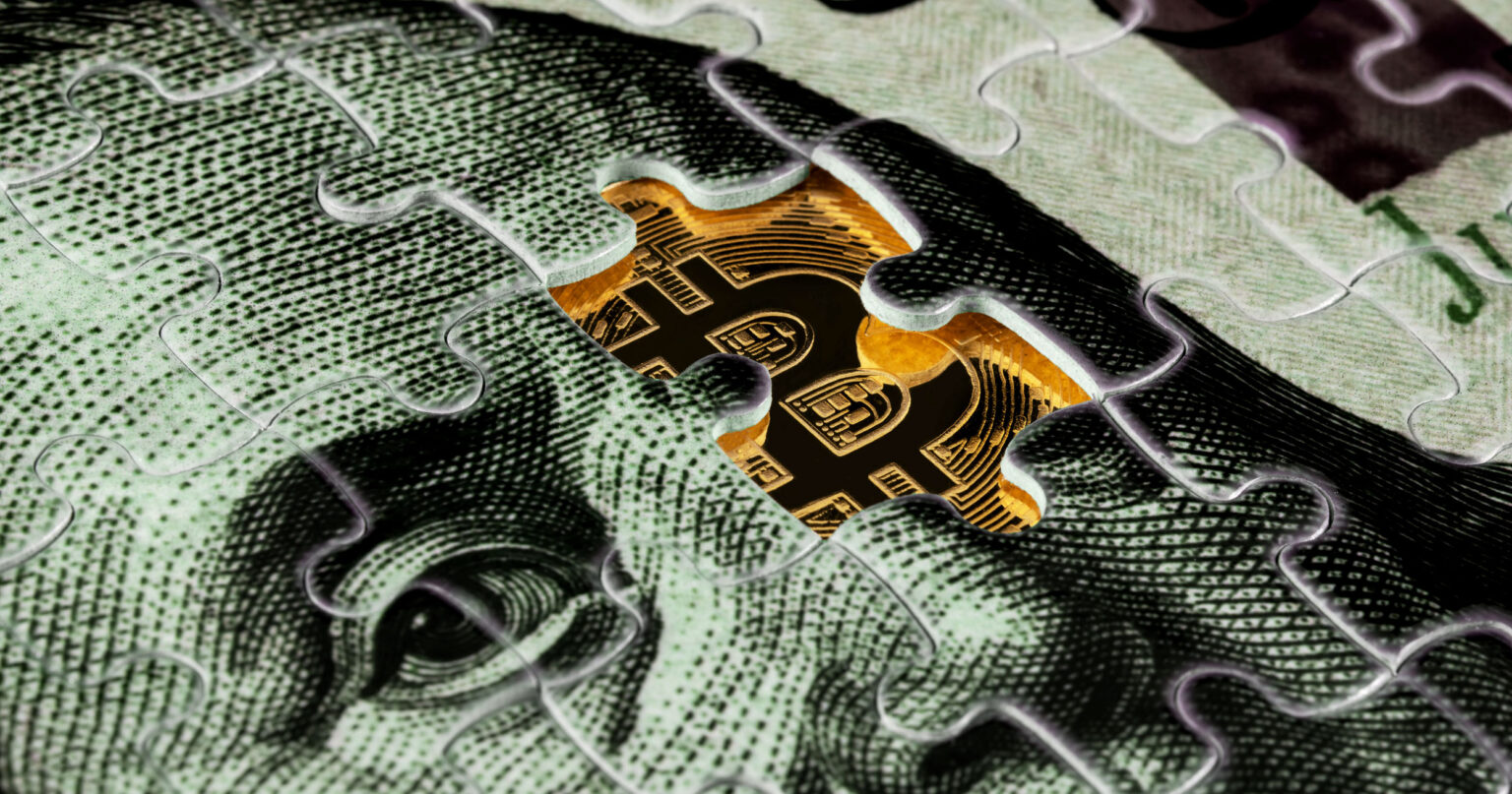The landscape of cryptocurrency is constantly evolving, with strategic initiatives from governments potentially leading to significant market shifts. Recently, conversations around the establishment of a Strategic Bitcoin Reserve (SBR) have been gaining traction in the United States. Senator Cynthia Lummis has sparked debate by suggesting the acquisition of funds for this reserve is feasible, though the actual implementation remains in its infancy. Amidst bureaucratic challenges, the potential for government-backed Bitcoin investments presents intriguing prospects for both the crypto community and financial markets.
US Government’s Strategic Bitcoin Reserve: Opportunities and Challenges
Senator’s Insight on Potential Funding
Senator Lummis has indicated that while legal avenues for funding a Strategic Bitcoin Reserve are available, the internal governmental processes are progressing slowly. The initial strategy, as outlined by administration reports, involves using Bitcoins that the Treasury has already acquired through seizures in legal cases. This approach aims to establish the reserve without imposing additional financial burdens on the taxpayer. Similarly, Jeff Park, ProCap BTC’s Chief Investment Officer, has proposed leveraging significant paper gains from gold to further fund Bitcoin purchases, despite the daunting $37.88 trillion federal debt.
Uncertainty in Funding Mechanisms
Currently, there are no definitive frameworks for acquiring additional Bitcoin assets beyond those already seized. Terms like “budget-neutral avenues” are frequently mentioned, yet lack clarity and a legislative foundation. Although President Donald Trump initiated the policy for the reserve through an executive order seven months ago, specific guidelines and actions by the Treasury Department remain undefined.
Market Response and Future Prospects
The market’s reaction to the potential governmental Bitcoin acquisition is under keen observation. As stated by Anthony Pompliano on CNBC, significant market reactions are anticipated once the government begins purchasing Bitcoin actively, rather than solely maintaining its existing holdings. Any governmental Bitcoin acquisition is seen by many within the crypto community as a form of validation. However, substantial scrutiny from regulators and budgetary committees is expected, demanding clear legal justifications and transparent spending procedures.
Conclusion: Navigating the Path Forward
This comprehensive guide sheds light on the intricacies of establishing a Strategic Bitcoin Reserve, the strategic economic implications, and the ongoing legislative developments. It outlines how these elements converge to shape the market’s future direction, offering valuable insights for investors and policymakers alike. The FAQs below aim to further explore common inquiries and provide clarity on this evolving topic.
What is the Strategic Bitcoin Reserve?
The Strategic Bitcoin Reserve is a proposed initiative aimed at utilizing Bitcoin as a strategic asset in the US Treasury. It involves accumulating Bitcoin from various sources to bolster the nation’s financial reserves and hedge against economic uncertainties.
How will the government acquire Bitcoin for the reserve?
Currently, the plan involves using Bitcoin already held by the Treasury from civil and criminal seizures. Future acquisitions aim to be “budget-neutral,” though specific methods and legal precedents are not yet established.
Why is the Strategic Bitcoin Reserve significant?
The SBR represents a potential shift in how governments view and utilize cryptocurrencies. By possibly integrating Bitcoin into national reserves, it highlights the growing importance of digital currencies in global finance.
What challenges does the establishment of the SBR face?
The creation of an SBR faces legislative hurdles, unclear funding mechanisms, and regulatory scrutiny. Ensuring a transparent and legally sound process is crucial for its successful implementation and public acceptance.

